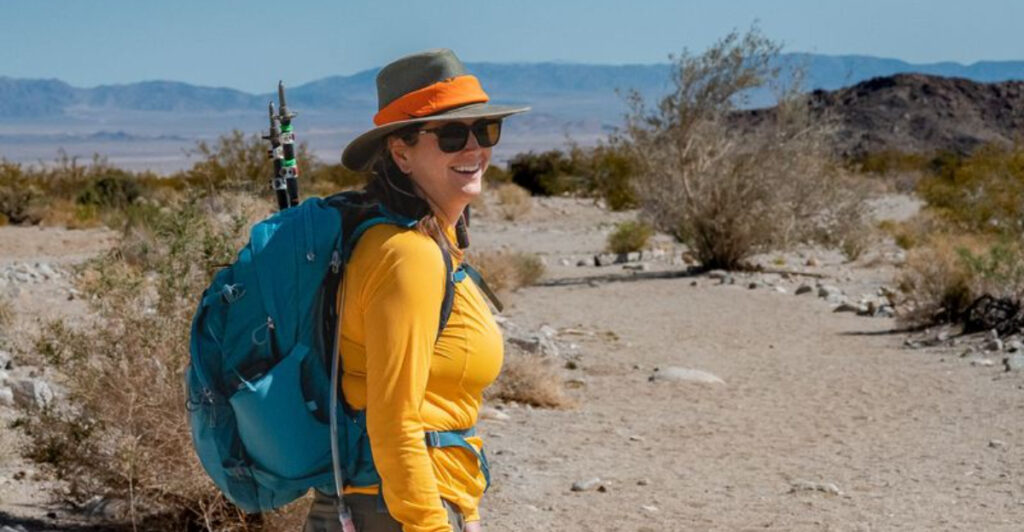Heading out for a day hike can be one of life’s greatest adventures, but being unprepared can quickly turn your mountain escape into a dangerous situation. Smart hikers know that the right gear in your daypack makes the difference between a memorable experience and a potential emergency. Whether you’re tackling your first trail or you’re a seasoned explorer, having these essential items can keep you safe, comfortable, and ready for whatever nature throws your way.
1. Water and a way to treat more
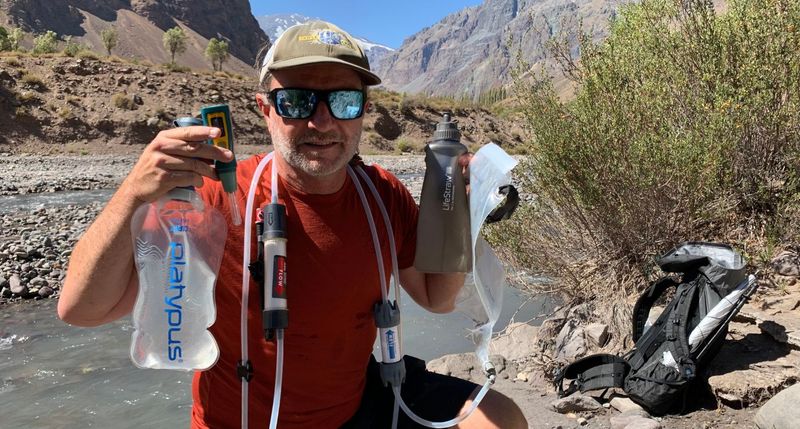
Your body loses water faster than you realize when hiking, especially on sunny days or challenging terrain. Most experienced hikers follow the rule of carrying about half a liter per hour of hiking in normal conditions, but you’ll need more if it’s hot or you’re working extra hard.
Smart hikers also pack a backup plan for finding more water on the trail. A lightweight water filter, purification tablets, or a UV sterilizer can turn stream water into safe drinking water.
Never assume you’ll find clean water sources along your route, and always research your trail beforehand to know where reliable water might be available.
2. Electrolytes and high-energy snacks
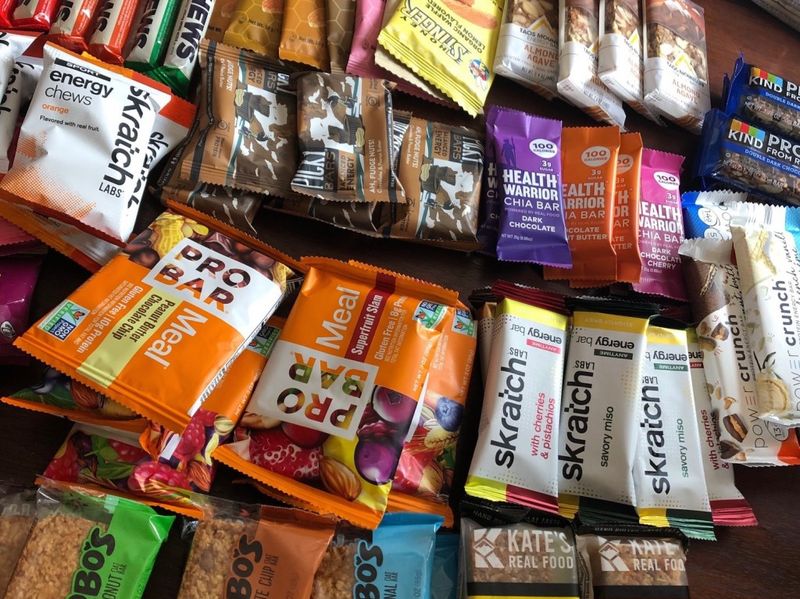
Sweating on the trail means you’re losing important salts and minerals that plain water can’t replace. Electrolyte tablets or powder packets are lightweight solutions that help your body stay balanced and prevent cramping during longer hikes.
Pack calorie-dense foods that won’t weigh you down but will fuel your adventure. Trail mix with nuts and dried fruit, energy bars, beef jerky, and chocolate all provide quick energy when you need it most.
Always bring more food than you think you’ll eat. Getting hungry on a long trail can sap your energy and make the return trip miserable.
3. Navigation you can use offline
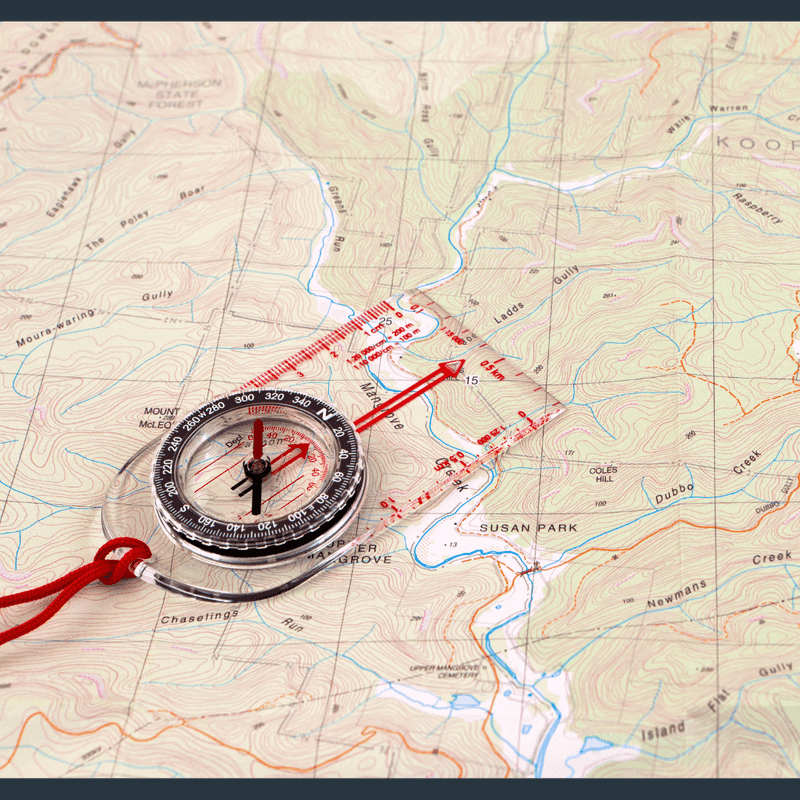
Getting lost in the wilderness is easier than most people think, especially when trails split or weather reduces visibility. A paper topographic map and compass are your most reliable navigation tools because they never run out of battery or lose signal.
Learning to read a map and use a compass takes practice, but these skills could save your life. Many hikers also carry smartphones with GPS apps that work offline, but you must download the maps before you leave home.
Cell phone towers don’t reach most wilderness areas, so never count on having signal when you need directions most.
4. First-aid kit and personal meds
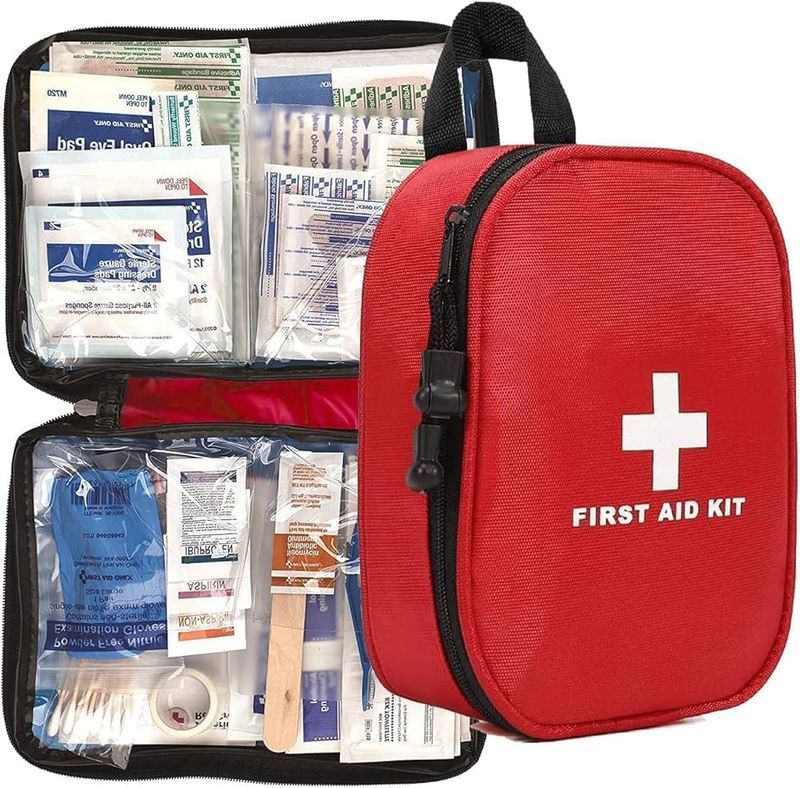
Blisters are probably the most common hiking injury, and they can turn a fun day into a painful struggle. Pack moleskin or hydrocolloid bandages specifically designed for blister prevention and treatment.
Your basic first-aid kit should include various sized bandages, antiseptic wipes, medical tape, and over-the-counter pain relievers. Don’t forget any daily medications you take, plus emergency medications like inhalers or EpiPens if you need them.
Even minor cuts can become infected if not treated properly in the outdoors, so having antiseptic supplies is crucial for any hiking adventure.
5. Headlamp or flashlight with spare power
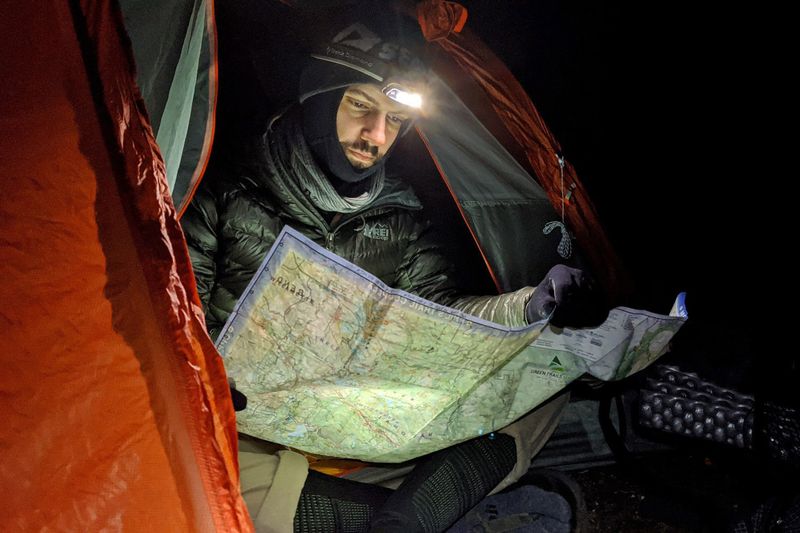
Day hikes have a sneaky way of running longer than expected, and being caught in darkness without light is genuinely dangerous. A headlamp keeps both hands free for scrambling over rocks or using trekking poles when visibility drops.
Fresh batteries can mean the difference between safely navigating back to your car and spending an unplanned night outdoors. If you use a rechargeable headlamp, consider bringing a small backup light as well.
Even if you plan to finish before sunset, weather can create dark conditions earlier than expected, making a reliable light source absolutely essential.
6. Sun protection
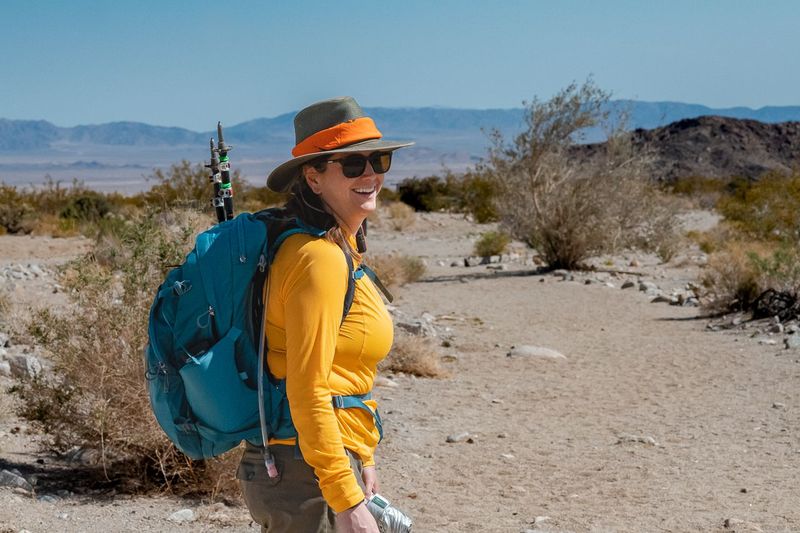
Mountain sun is more intense than most people realize, and the UV rays get stronger as you gain elevation. Broad-spectrum sunscreen with SPF 30 or higher should be applied before you start hiking and reapplied throughout the day.
Your lips burn just as easily as your skin, so SPF lip balm is essential. Quality sunglasses protect your eyes from harmful rays and reduce strain from bright conditions.
A hat with a brim shades your face and neck, areas that are easy to miss with sunscreen. Snow and water reflect additional UV rays, making protection even more critical near lakes or on winter hikes.
7. Insulating layer
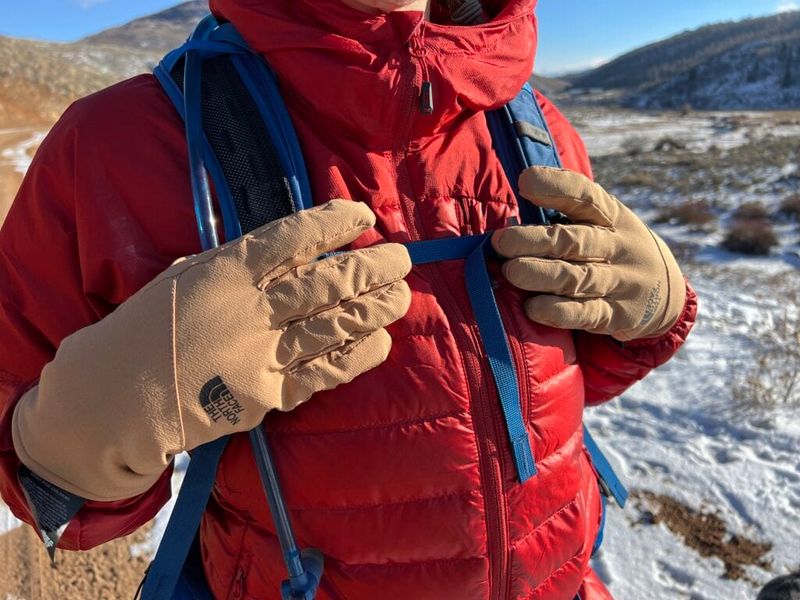
Temperatures drop as you climb higher, and even summer days can turn chilly at elevation or after the sun goes down. A lightweight fleece jacket or synthetic puffy vest packs small but provides crucial warmth when you need it.
Synthetic insulation works better than down when wet, making it ideal for unpredictable hiking conditions. These layers are designed to trap warm air close to your body while still allowing moisture to escape.
Many hikers make the mistake of only preparing for the weather at the trailhead, but mountain conditions can be completely different just a few thousand feet higher.
8. Rain shell or poncho
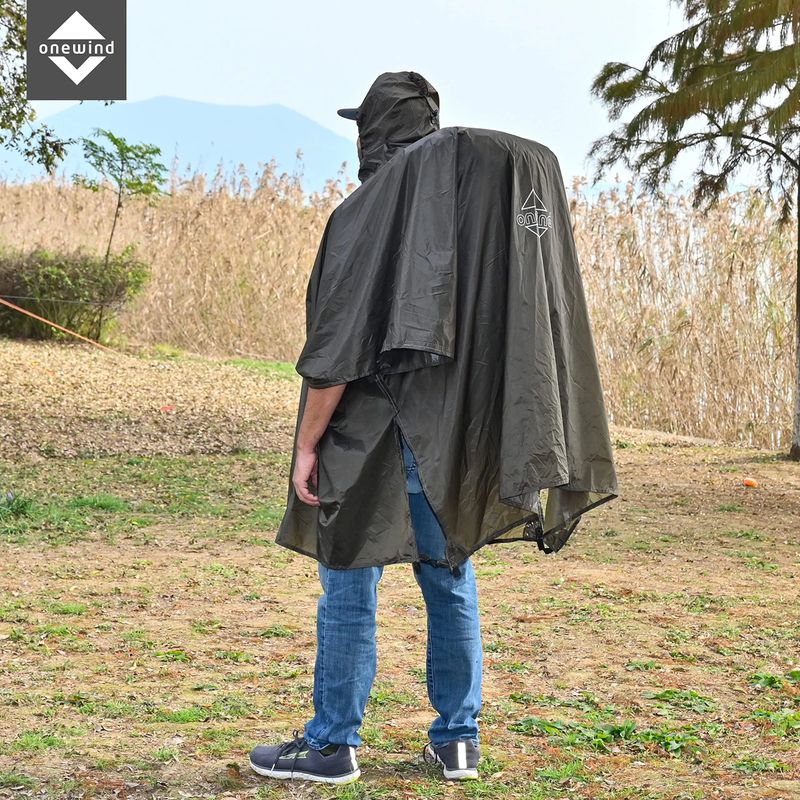
Mountain weather changes faster than weather apps can predict, and getting soaked can quickly lead to hypothermia even in summer temperatures. A breathable waterproof jacket keeps you dry while allowing sweat to escape during active hiking.
Your gear needs protection too, so consider a pack rain cover or waterproof stuff sacks for items that absolutely must stay dry like extra clothes and electronics.
Ponchos work well for light rain and can double as emergency shelter, while rain jackets offer better protection in windy conditions and don’t catch on branches as easily.
9. Emergency shelter
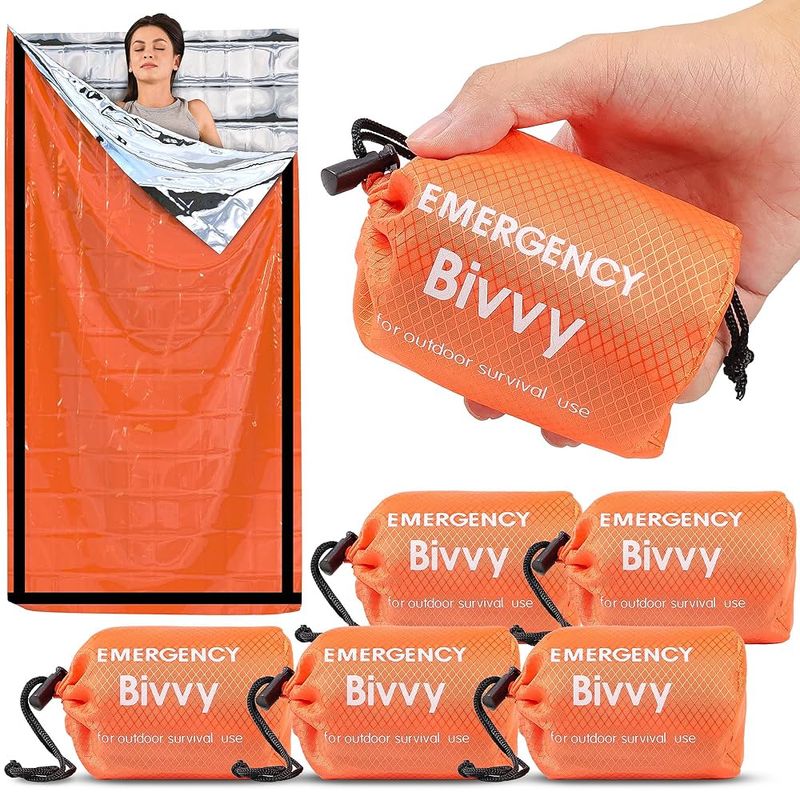
An ultralight space blanket or emergency bivy weighs almost nothing but could save your life if you’re forced to spend unexpected time outdoors. These items reflect body heat back to you and provide crucial wind protection.
Emergency shelters aren’t meant for comfortable camping, but they can prevent hypothermia if you’re injured, lost, or caught in severe weather. The reflective surface also works as a signaling device for rescue teams.
Many experienced hikers carry these items for years without needing them, but when an emergency happens, having shelter materials can make the difference between a scary story and a tragedy.
10. Fire-starting kit (where legal)

Fire can provide warmth, help signal rescuers, and boost morale during emergencies, but only carry fire-starting materials where fires are legally permitted. Many wilderness areas have strict fire restrictions, especially during dry seasons.
Waterproof matches or a reliable lighter should be paired with some kind of tinder that lights easily even when damp. Dryer lint, petroleum jelly cotton balls, or commercial fire starters work well.
Always check current fire restrictions before your hike and know how to properly extinguish any fire you start. Emergency fires should only be used when absolutely necessary for survival.
11. Phone and backup power
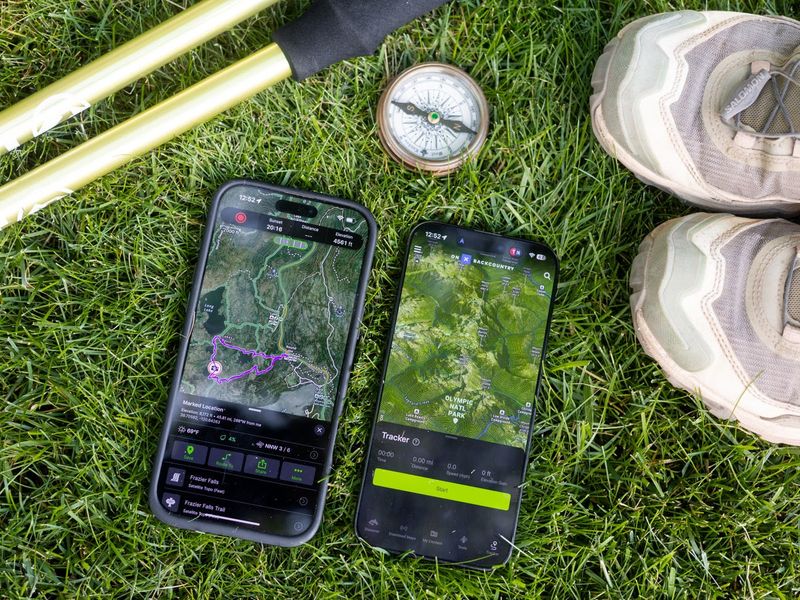
Keep your phone in airplane mode to dramatically extend battery life while still allowing you to use GPS apps and take photos. A small power bank and charging cable can bring a dead phone back to life when you need it most.
Store emergency contact information where someone else could find it if you’re unconscious, and make sure your offline maps are downloaded before you lose signal. Consider adding your emergency medical information to your phone’s lock screen.
Phones aren’t reliable communication devices in remote areas, but they’re excellent for navigation, photos, and emergency calls when you do have signal.
12. Multi-tool or knife and mini repair kit
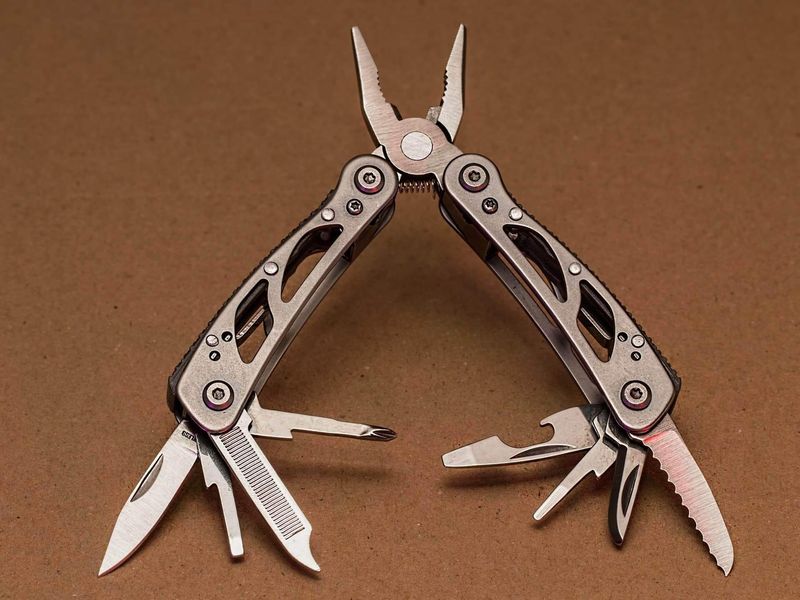
A quality multi-tool serves dozens of purposes from cutting rope to fixing broken gear, and the knife blade is handy for food preparation during trail breaks. Look for tools that include pliers, scissors, and various screwdrivers.
Create a mini repair kit by wrapping duct tape around your water bottle, adding a few zip ties, and including a large safety pin. These simple items can fix torn clothing, broken pack straps, or damaged gear.
Gear failures always happen at the worst possible moments, so having basic repair materials can turn a trip-ending problem into a minor inconvenience.
13. Whistle and signal mirror
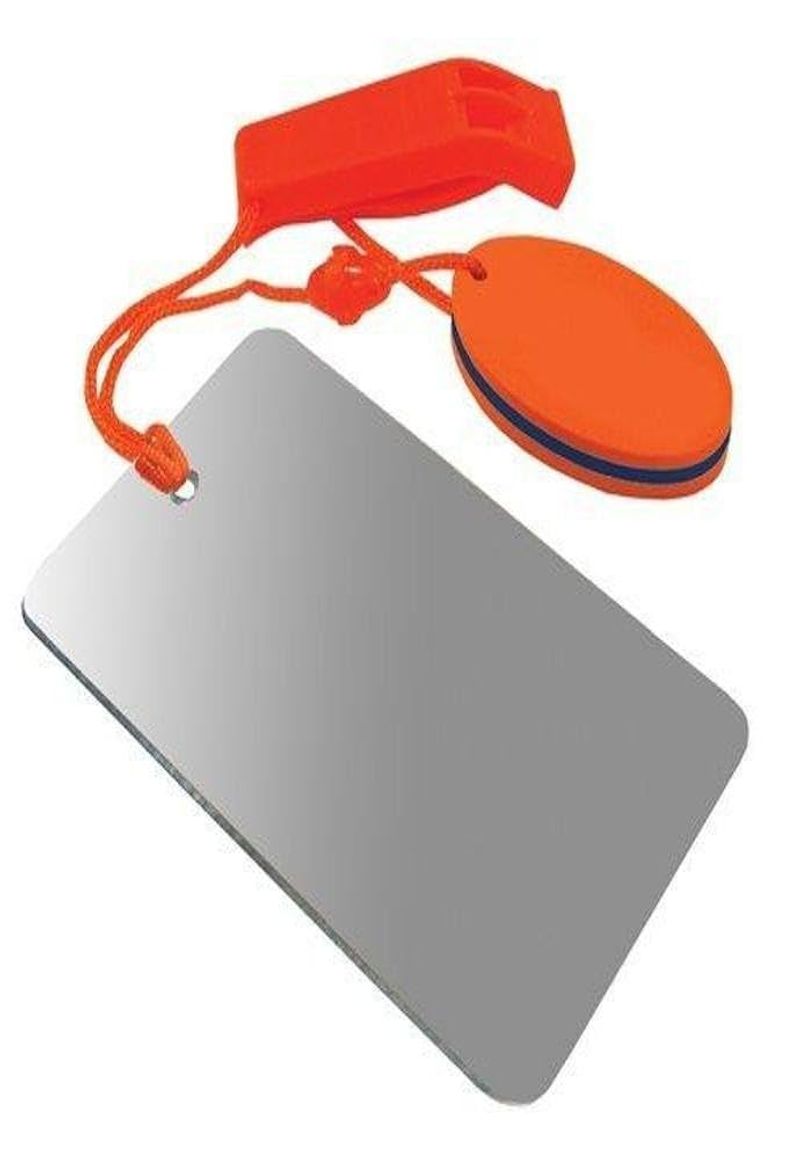
Your voice gets hoarse and doesn’t carry far in windy conditions, but a whistle can be heard much farther and doesn’t tire you out. Three short blasts is the international distress signal that rescue teams recognize.
A small signal mirror or even a piece of reflective material can catch sunlight and flash signals to aircraft or distant rescuers. These lightweight items take up almost no space but dramatically increase your chances of being found.
Many people assume cell phones have made these traditional signaling methods obsolete, but they work in places where phones have no signal and don’t depend on battery power.
14. Hygiene and sanitation kit
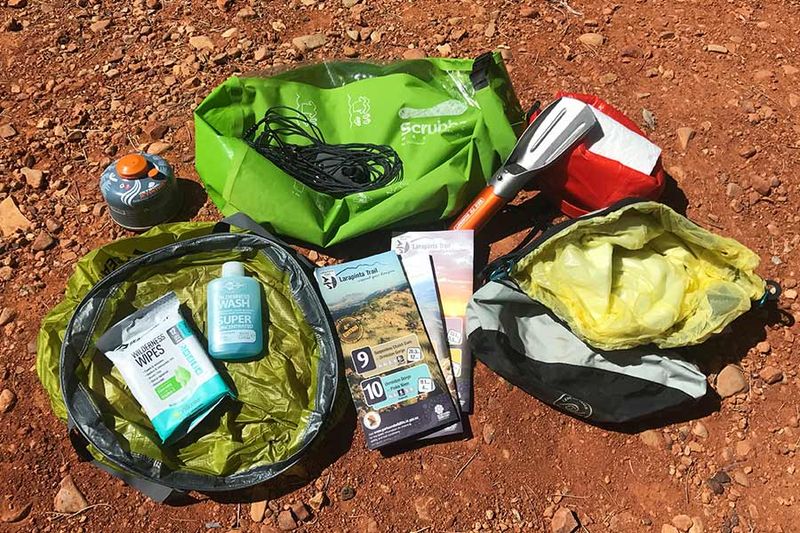
Hand sanitizer becomes especially important when you’re eating trail snacks with hands that have touched rocks, plants, and hiking poles all day. A small bottle clips easily to your pack for quick access.
Pack a few tissues or biodegradable wipes for personal hygiene, and always carry a sealable bag to pack out all your trash. Leave no trace principles mean everything you bring in must come back out with you.
Some backcountry areas require hikers to pack out human waste, so research your destination’s specific rules and bring a lightweight trowel if needed for proper waste disposal.
15. ID, permits, and a little cash
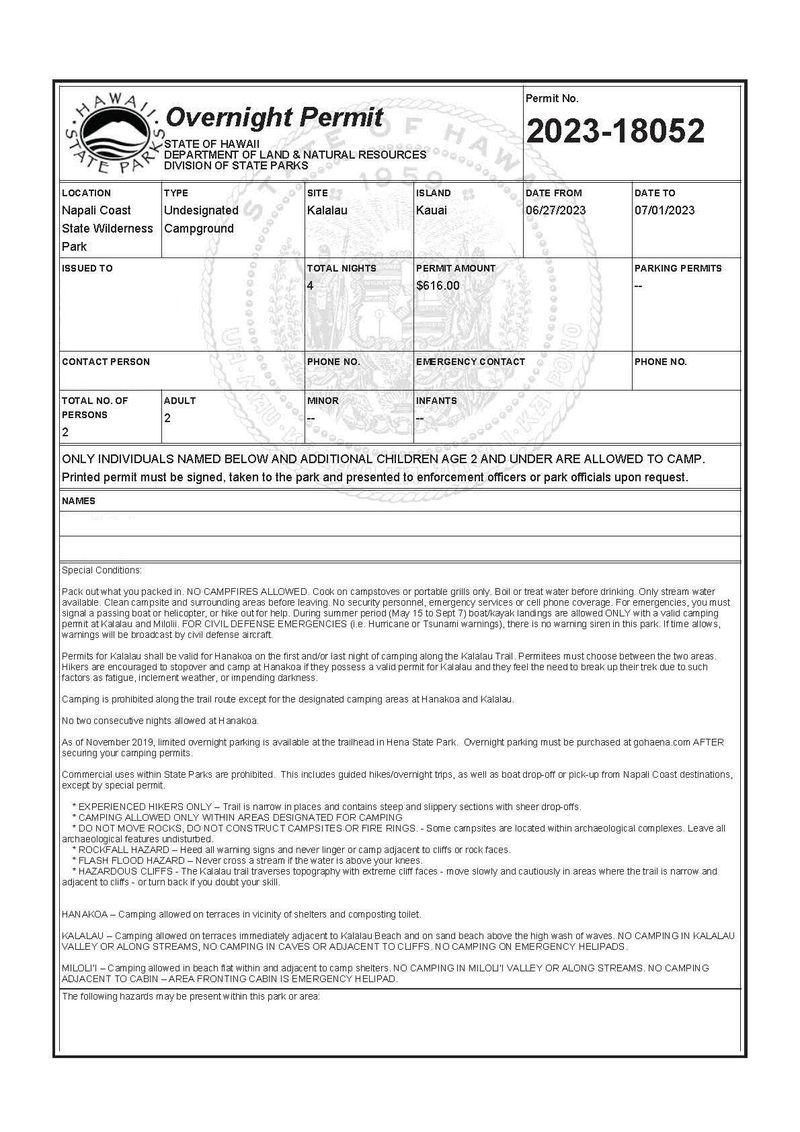
Carry photo identification and your insurance card in case of medical emergencies, plus any required permits or park passes for the areas you’re visiting. Some popular trails require advance reservations or day-use permits.
A transit card might be helpful if you’re using public transportation to reach trailheads, and a small amount of cash can be useful for parking fees or emergency situations where cards aren’t accepted.
Include a paper emergency contact card with important phone numbers and medical information. Digital copies are convenient, but paper works even when electronics fail or batteries die.

